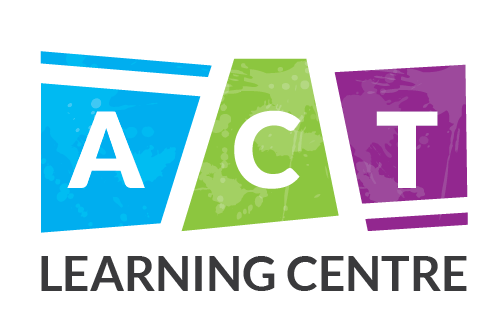Rolling into Autumn: Bike Riding Tips and Tricks
Has your child shown interest in riding a bike, but you are unsure where to start? From balancing to pedalling, there are many different skills to consider when learning to ride a bike. In this blog, we will explore the different gross motor skills, bicycle options to purchase and bike-specific skills that are required when learning to ride a bike.
Balance, stability, coordination, motor planning and core strength are some of the many skills one requires to ride a bike. Before jumping on a bicycle, consider trialling some of these activities at home to further develop your child’s gross motor skills related to bike riding!
| Gross Motor Skills: | Activity: |
| Balance |
|
| Coordination and Motor Planning |
|
| Core Strength and Stability |
|
Feeling ready to reach for a bike and not sure what bike to reach for?
Things to consider when buying a bike for your child
| Bike Options | Consideration |
| Tricycles | Tricycles offer stability for those who struggle with balance, coordination and motor control. If modifications are required, consider speaking to a medical vendor about available adaptations (i.e. specialized seating, backrests, trunk support, foots supports, handlebar adaptations, brake adaptations). If specific modifications are not required, consider purchasing a child or adult tricycle online (e.g. VEVOR Folding Adult Tricycle 26″ 7-Speed Adult 3 Wheel Trikes Carbon Steel Green – Walmart.ca). |
| Balance Bikes | A balance bike is a bicycle without pedals that promotes the development of balance and removes the complexity of having to use pedals. When using this type of bike, it is recommended that the seat height be low enough for your child to have their feet flat on the ground (e.g. Strider Balance Bikes – Strider Balance Bikes inspire kids to ride (striderbikes.ca)). |
| Bicycles with Training Wheels | Training wheels offer stability when learning the motions associated with pedalling. For larger training wheels: FATWHEELS – Adaptive Training Wheels & Wheels Stabilizer Kits |
| Two Wheeled Bicycle | Once your child is comfortable balancing and has developed the coordination and motor planning to pedal, a regular bike may be appropriate to trial. Consider first practicing bike riding on grass instead of on asphalt as a grassy surface provides additional feedback through the pedals and is a soft place to land. |
| Bicycle Attachment | Consideration |
| Trailer System | A trailer system allows for the conversion of an adult bike into a tandem bike. This allows for your child to practice pedalling while being securely attached to an adult bicycle. (e.g. KaZAM Co-Pilot Bike Trailer, Green, 20 inch : Amazon.ca: Baby and Kazoo™ Child Bike Trailercyle – Burley) |
When learning to ride any bicycle, it is important to first teach your child about bike safety. Use of social stories and visuals can help explain the importance of helmet use. Here are some introductory bike skills to consider:
Teaching Your Child about bike safety
- Putting on and taking off a helmet
- Holding the handlebars while walking next to the bike
- Lifting a bike that is lying on its side into its standing position
- Being comfortable with mounting and dismounting the bike
- Being able to reach and squeeze the brakes of the bike (if hand brakes are being used)
- Can comfortably sit on the bike, with feet on the ground (when using a balance bike/two-wheeled bike)
- Can sit on the bike with feet on pedals and balance when the bike is still and in motion (tricycle)
- Can consistently use the brakes to stop the bike while moving on command
- Can sit on the bike and move it forward by taking walking steps (when using a balance bike/two-wheeled bike)
It is important to note that if your child is having difficulty with the skills listed above, they may benefit from the use of an adaptive bicycle or bike mount to better support their ability to participate in bike riding while receiving the support they need to be able to complete this activity safely.
Remember that progress isn’t linear, and patience and practice will lead to successful pedalling!
For a more individualized approach, it is recommended that you follow up with your Occupational Therapist.
Marisa Rostek OT Reg. (Ont.)
References:
Teach Bike Riding: Tips from a Therapist – The OT Toolbox
Autism and Bike Riding: A Parent’s Guide (neurolaunch.com)
How to Teach an Autistic Child to Ride a Bike – Autism Parenting Magazine
Easily Teach Your Child with Autism How to Ride a Bike – Autism Parenting Magazine
8 Best Tag Along Bikes and Bike Attachments for Kids: Ages 2 to10 (twowheelingtots.com)


